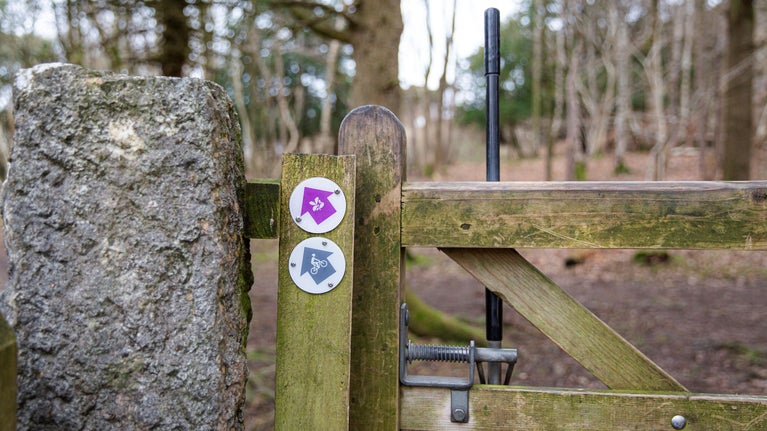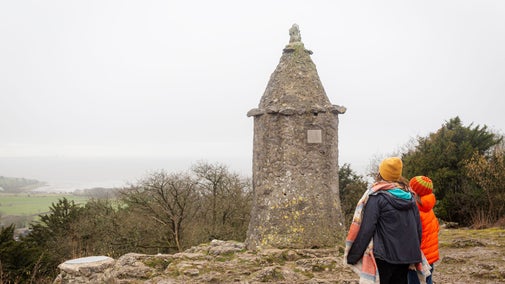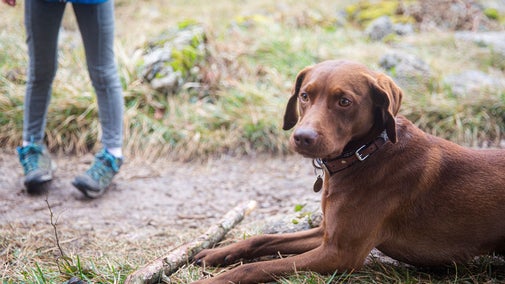
Donate
Everyone needs nature, now more than ever. Donate today and you could help people and nature to thrive at the places we care for.

Taking care of the unique landscapes and scientifically important habitats across Arnside and Silverdale is a year-round endeavour. Learn about the work we carry out to maintain this special place, from coppicing woodlands and counting butterflies to grazing cattle and maintaining drystone walls.


Legacy pledger, Philip Crossley-Dawson, describes his connection to Arnside and Silverdale - his 'favourite place' - and why he is choosing to leave a legacy gift. Philip's legacy will mean we can continue to look after the place he loves.
We ask for your permission before anything is loaded, as this content may introduce additional cookies. You may want to read the Google YouTube terms of service and privacy policy before accepting.
With your ongoing support, we're able to continue our vital conservation work. Thank you for helping to protect these special places.

Everyone needs nature, now more than ever. Donate today and you could help people and nature to thrive at the places we care for.
Explore Arnside and Silverdale in Cumbria, an area of national importance for wildlife such as wildflowers, butterflies, glow-worms and wood ants.

Find out about walking your dog at Arnside and Silverdale, from the facilities available to how you can help us to protect the local wildlife. Arnside and Silverdale is a two pawprint rated place.

Read about our strategy, which focuses on restoring nature, ending unequal access and inspiring more people.

We believe that nature, beauty and history are for everyone. That’s why we’re supporting wildlife, protecting historic sites and more. Find out about our work.

From restoring world-famous art to protecting wildlife habitats, gifts in wills are used right at the heart of the work we carry out at special places. Please consider leaving a legacy to help look after the places you love for future generations.
